Our Collections
Explore
-
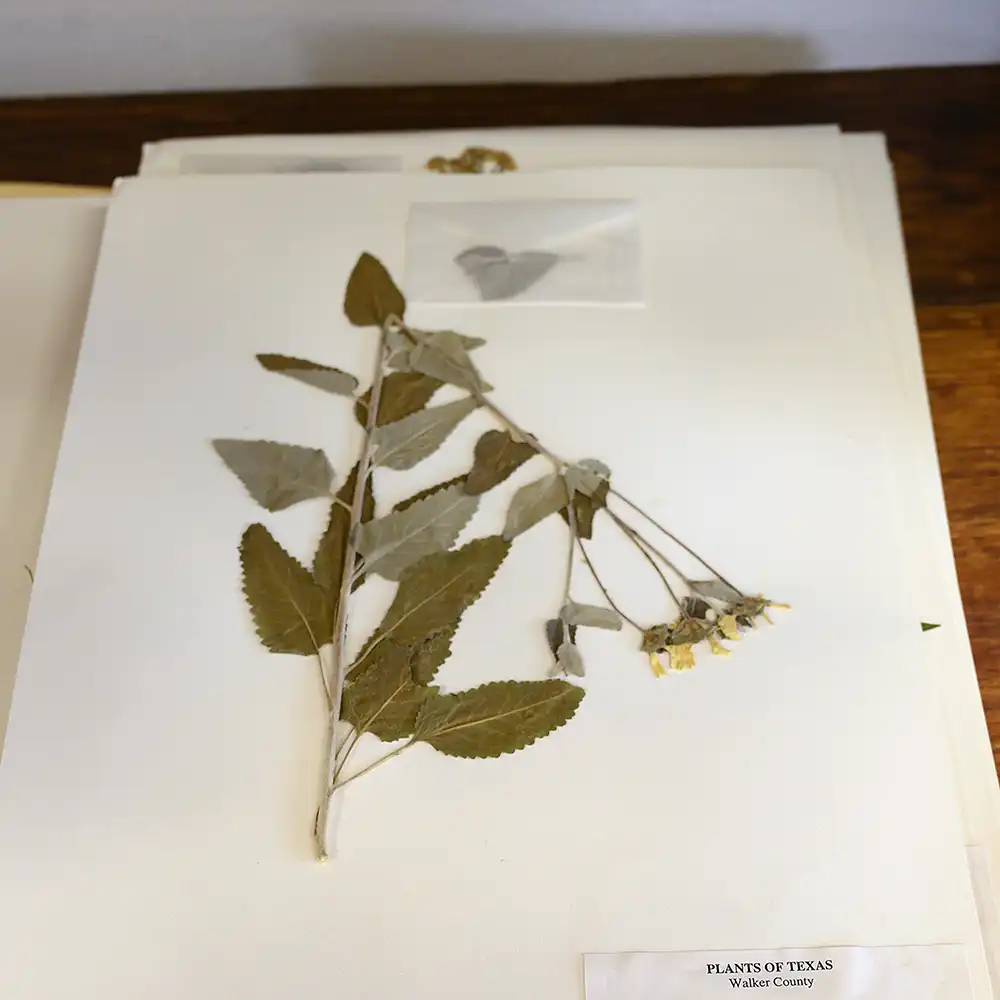
Herbarium
A collection of preserved plant specimens used for research, education, and species identification. Herbarium samples help document plant diversity, distribution, and environmental change over time.
-
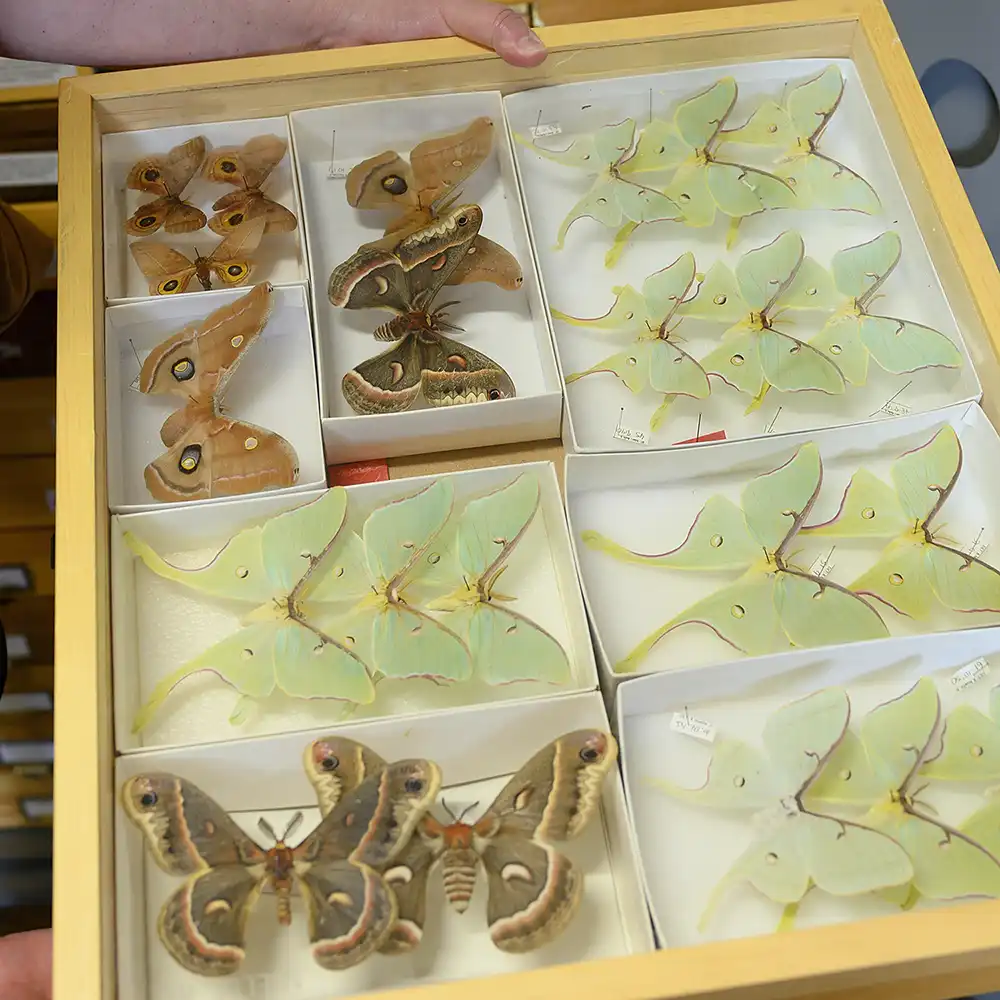
Entomology
The study of insects is the most diverse group of animals on Earth. Entomologists examine insect anatomy, behavior, ecology, and their roles in ecosystems and human life.
-
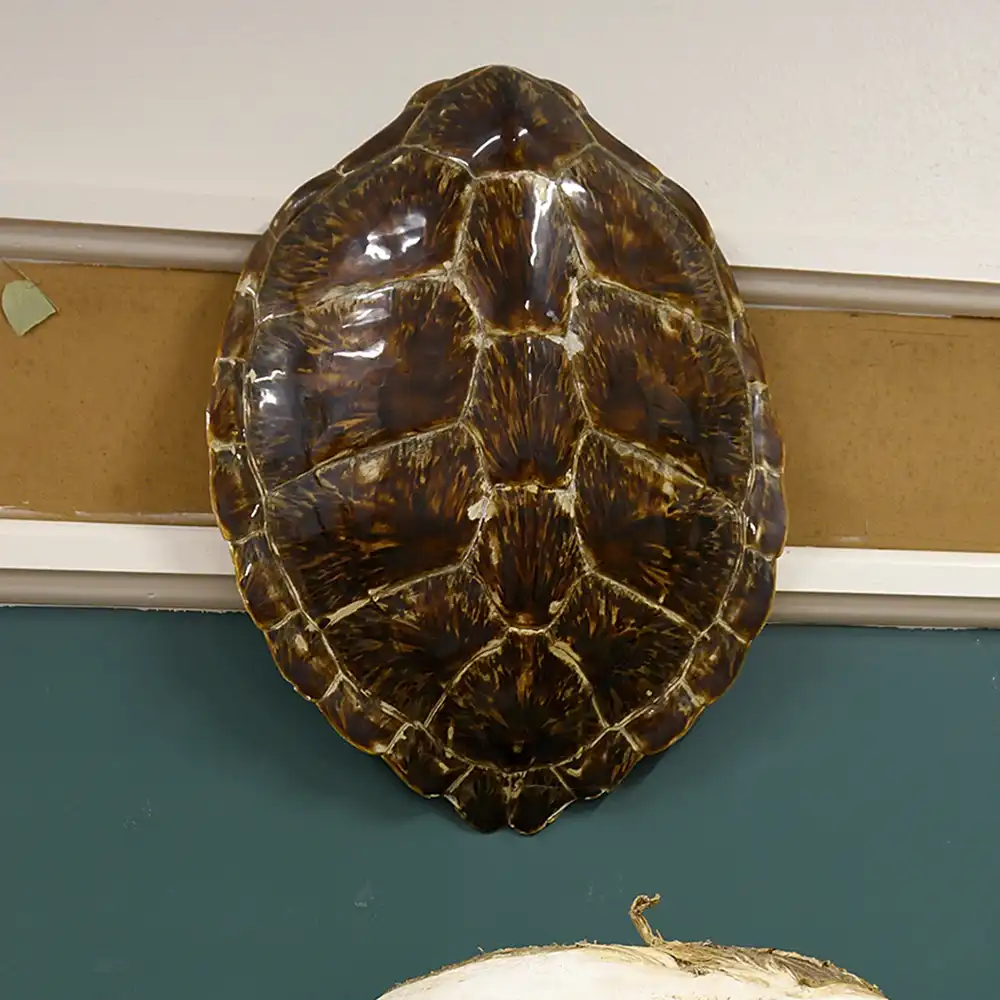
Herpetology
The branch of zoology focused on reptiles and amphibians, including snakes, lizards, turtles, frogs, and salamanders. Research explores their biology, conservation, and evolutionary history.
-
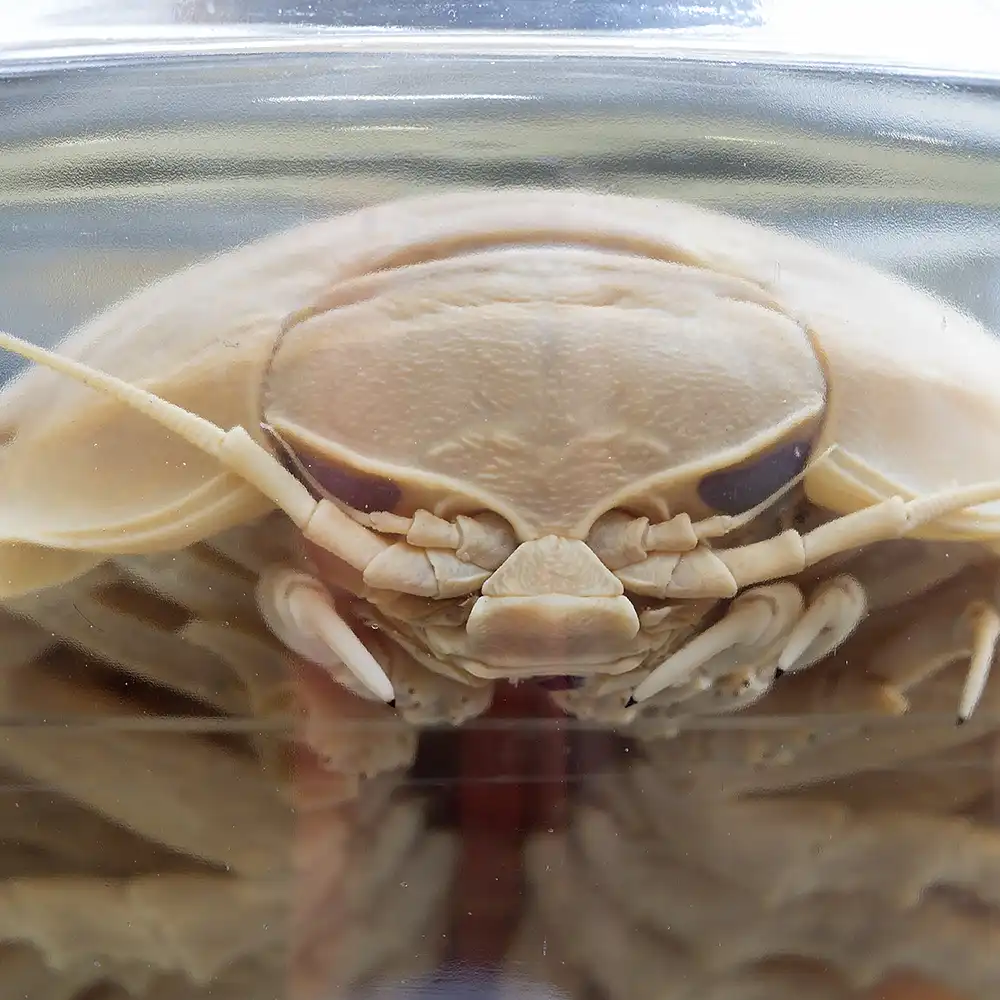
Ichthyology
The scientific study of fish, both freshwater and marine. Ichthyologists investigate fish anatomy, behavior, evolution, and their importance in aquatic ecosystems.
-
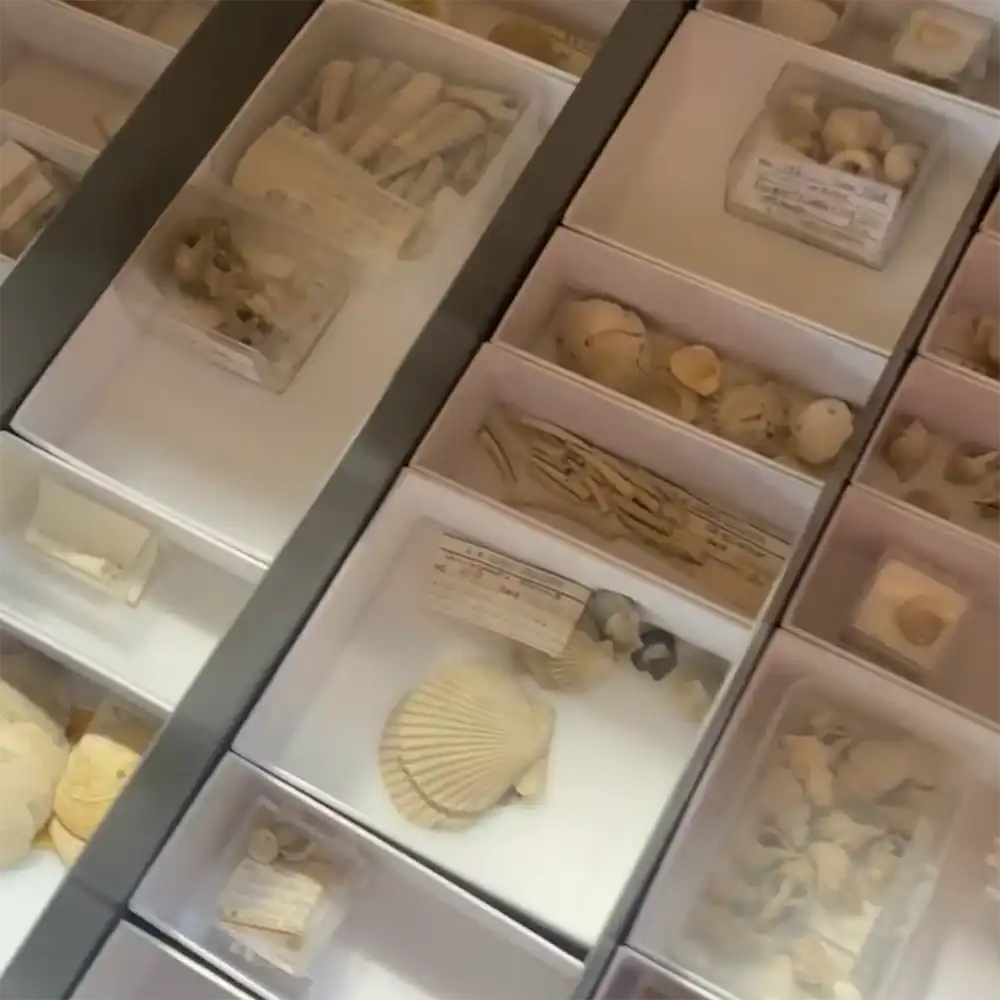
Invertebrate Paleontology
The study of fossilized animals without backbones, such as trilobites, corals, mollusks, and crinoids. It provides insights into ancient ecosystems and the evolution of life on Earth.
-
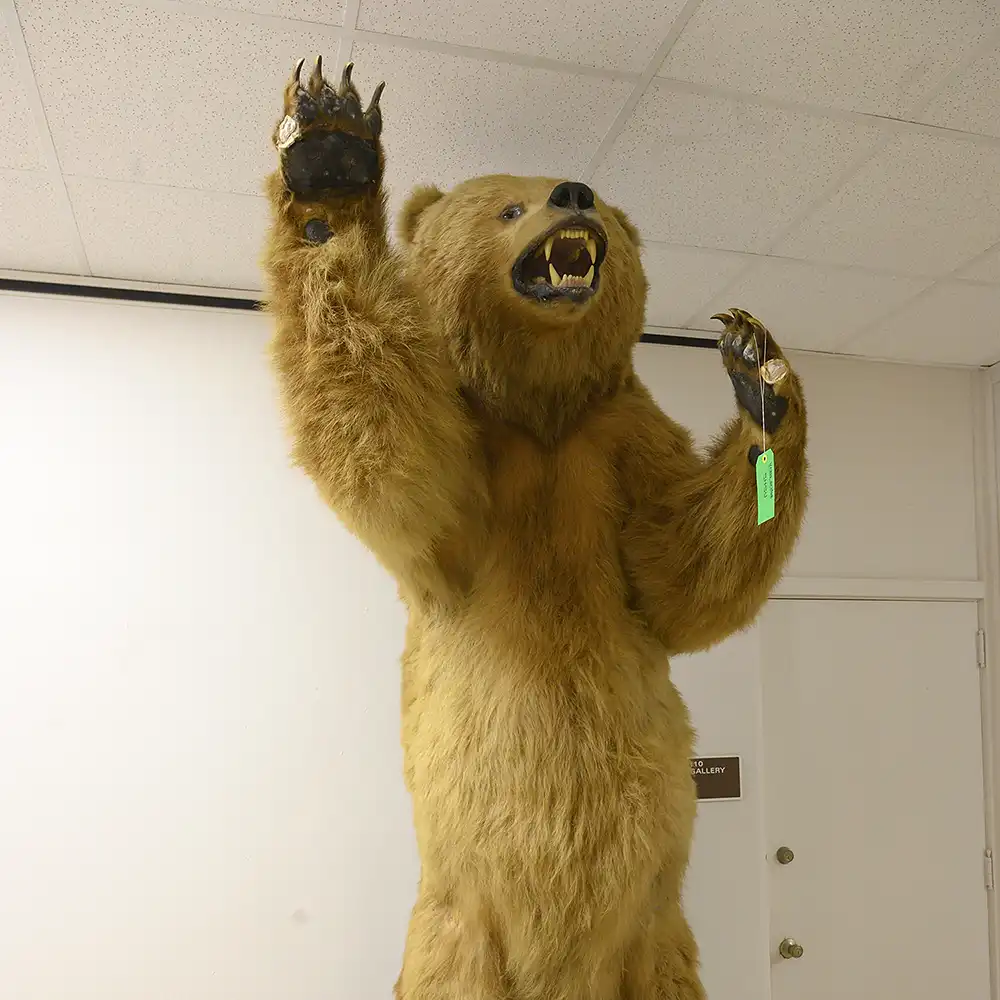
Mammalogy
The study of mammals, from bats and whales to primates and humans. Mammalogists research the behavior, physiology, evolution, and conservation of these warm-blooded vertebrates.
-
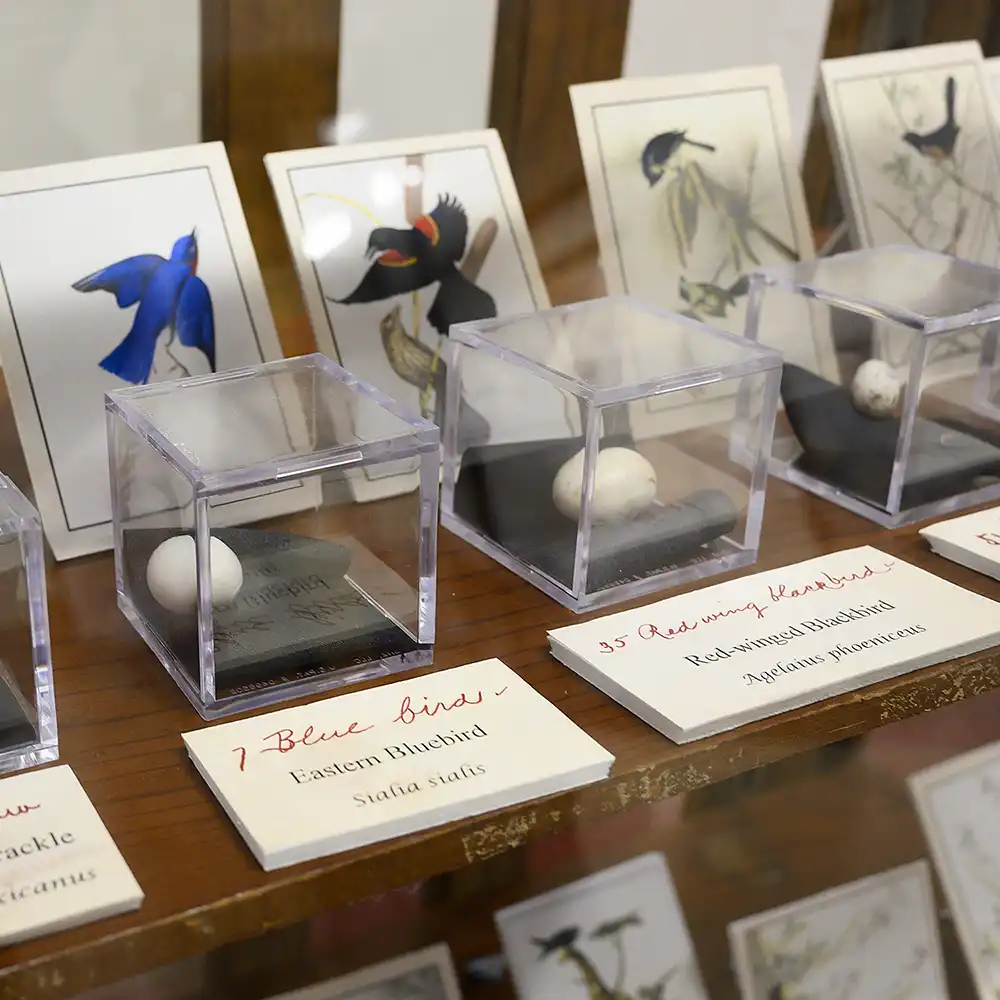
Ornithology
The study of birds, their anatomy, migration, communication, and ecology. Ornithologists help reveal the roles birds play in ecosystems and monitor environmental health.
-
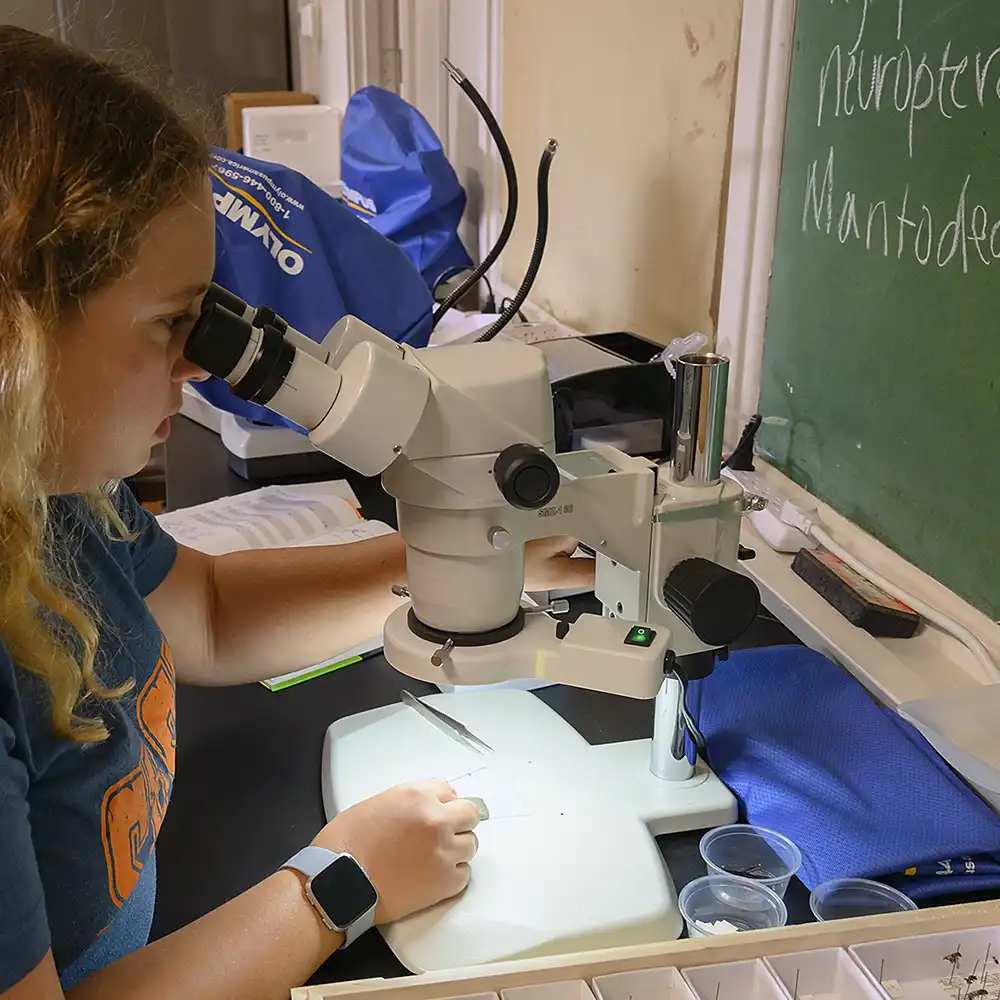
Parasitology
The study of parasites and their interactions with hosts. Parasitologists investigate how these organisms live, spread, and impact health, agriculture, and ecosystems.
-
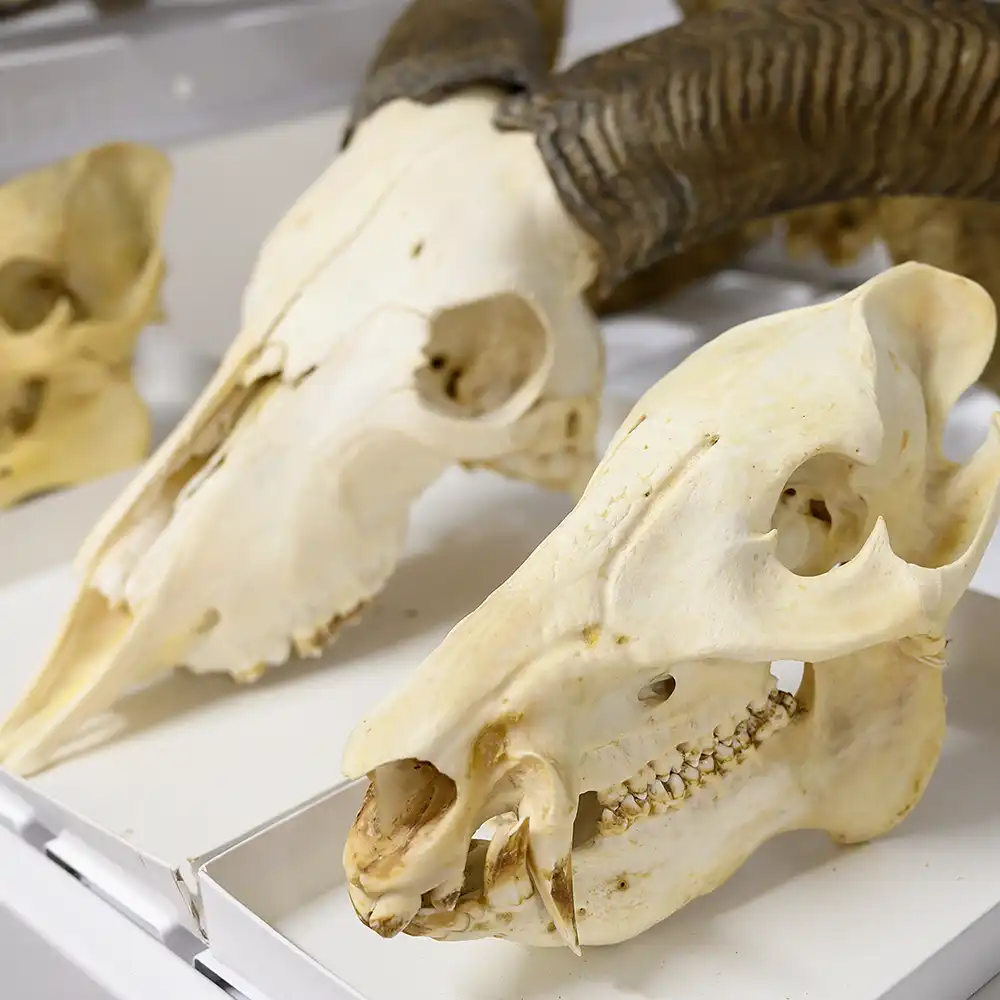
Vertebrate Paleontology
The study of fossilized animals with backbones, including fish, amphibians, reptiles, birds, and mammals. It traces the evolutionary history of vertebrate life through deep time.
Contact Us
Questions?
Have an interesting object that you'd like us to take a look at?
Are you looking to donate a Collection?
Email the respective curator or Will Godwin (wbg004@SHSU.EDU) to schedule an appointment or show interest.